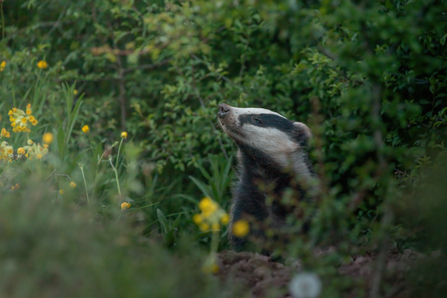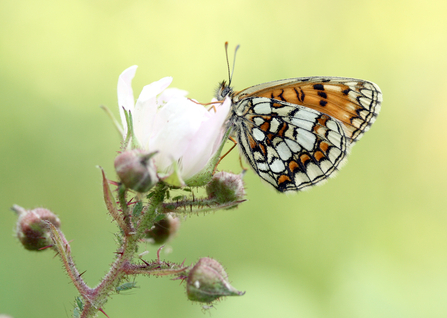Folklore is a mixture of the traditional beliefs, customs, and stories of a community. Whether it be fairy tales like Hansel & Gretel, or ancient ceremonies like wassailing, folklore is usually passed down from one generation to the next by word of mouth as part of a centuries-old oral tradition. Through the ages, plants and animals commonly found in Essex have creeped into this space of myths and legends – lets explore a few of them…
English Bluebell
Lining the paths of ancient woodlands in Essex, the violet glow of bluebells is a springtime wildflower spectacle. For such a bright and dainty flower, much of the folklore surrounding them is rather dark. Bluebell woods are said to be heavily enchanted, with the flowers intricately woven with fairy charms, used to lure and trap passers-by. Similarly, if a child picks a bluebell, some believe that they will be led astray by fairies, wandering lost forevermore.
When you next find yourself walking through a woodland, you might just hear the high-pitched ring of a bluebell, calling the fairies to a gathering. Don’t listen too carefully, however, as some say that if a human hears the bell, they will be visited by a mischievous fairy and die soon after!
Cheerful and fairy-less folklore also exists. According to floriography, also known as the ‘language of flowers’ (a system where meanings are given to specific plants) the bluebell symbolises humility, constancy and gratitude. As they pop up dependably each year from the damp leaf-mulched soil, I cannot help but feel grateful for the earthy carpet of colour that they dot onto nature’s canvas after the bleak monotone winter.
Have you ever tried to turn a bluebell inside out? If you can manage it without tearing petals, then superstition holds that you will win true love. If the truth is what you seek, then fashion a garland from these wildflowers and the wearer will be unable to tell a lie.



